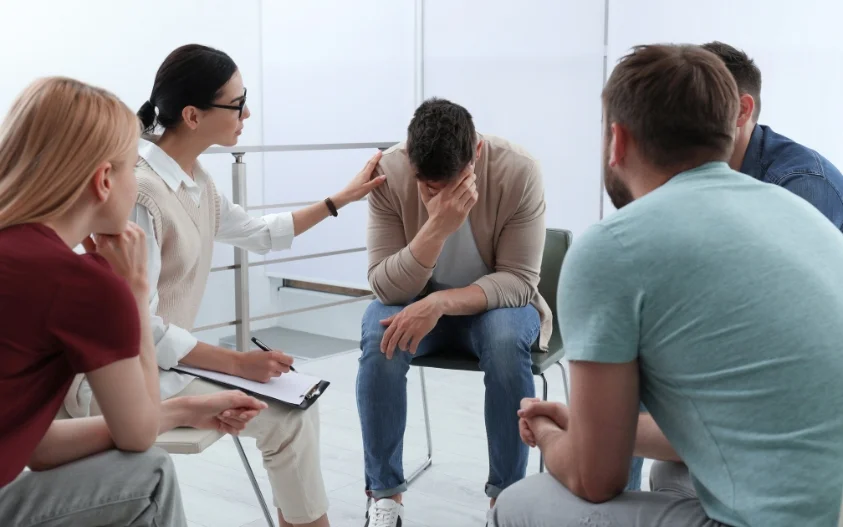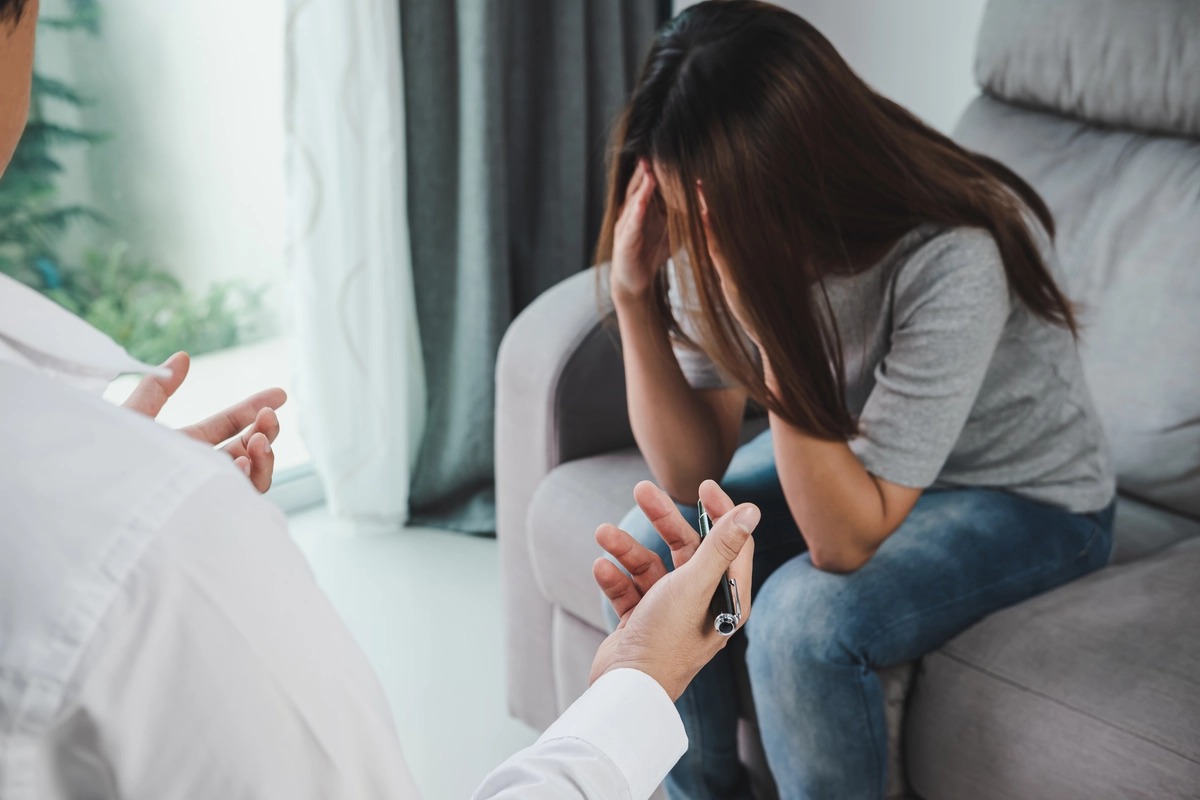24/7 Helpline:
(866) 899-221924/7 Helpline:
(866) 899-2219
Learn more about Opioid Rehab centers in Burlingame

Other Insurance Options

Holman Group

Ambetter

BlueShield

Choice Care Network

MHNNet Behavioral Health

Carleon

Multiplan

Self-pay options

BlueCross

State Farm

Optum

Aetna

WellCare Health Plans

Anthem

Regence

American Behavioral

Health Choice

Oxford

Meritain

PHCS Network













